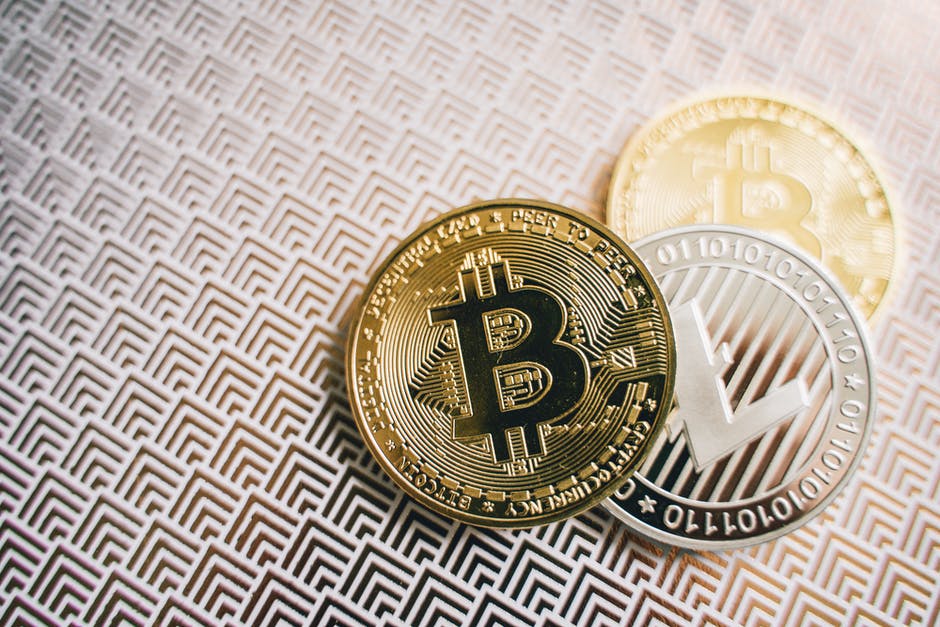
You're reading this article because you've heard people describe Bitcoin as money. Satoshi Nakamoto created Bitcoin to serve as an alternative to bank-controlled traditional currency. It's, therefore, a digital currency that people use as an exchange medium and value storage. Traditional currency is valuable because a monetary authority issues it. Also, people use fiat money widely in the economy. On the other hand, Bitcoin has a decentralized network, and its usage in retail transactions is not extensive.
But some people argue that Bitcoin has similar value with precious metals because it has specific use cases and a limited quantity. People use gold and other precious metals in industrial applications. This cryptocurrency's underlying technology has many applications in the financial service sector. The digital provenance of this digital currency means that it may serve as an exchange medium for retail transactions.
Today, people purchase Bitcoin on platforms like crypto engine using fiat money. After buying this virtual currency, individuals and businesses can pay for services and items locally and internationally using it. But to understand how Bitcoin is real money, it's crucial to know what makes fiat currencies function as money.
What Gives Fiat Currencies Their Value?
Traditional money serves as a value storage and exchange medium because of its value. Traditionally, precious metals or commodities functioned as a payment method because people considered their value stable.
But transporting some of these commodities was not easy. For instance, traveling with cumbersome gold and cocoa bean quantities wasn't easy. Therefore, societies opted to mint currencies that are easy to transport. Even then, some minted coins remained functional as value storage because humans made them from precious metals. Thus, they had a long shelf life and couldn't depreciate faster.
Fiat money has six essential characteristics. These are transportability, divisibility, utility, counterfeitability, durability, and scarcity. These traits enable humans to use conventional money widely in the economy. They also allow governments to establish and implement monetary policies for controlling inflation while ensuring safe and secure fiat money usage.
Nevertheless, people have always debated about assigning any currency value. That's because intrinsic physical properties were the basis of currency value. For instance, the qualitative factors and extraction costs of gold gave it relevance as a popular currency.
However, modern minted currencies are mere papers without intrinsic value. Initially, the gold that backed paper money determined its value. And some currencies depend on the "representative" meaning of every note or coin that people can exchange for a specific commodity amount. Nevertheless, this is not the case for some fiat currencies.
What Gives Bitcoin Its Value?
Many people argue that Bitcoin represents a reinvention of the currency's nature. The inherent gold's physical properties gave it value. People opted to use paper or minted money due to the cumbersomeness of gold that made it difficult to carry and transact away from home. Consequently, gold evolved to paper money that requires manufacturing, storage and lacks the much-needed mobility.
Consequently, conventional money has evolved into digital currencies that fit the modern world. Bitcoin, therefore, represents an evolution of fiat money. Thus, currencies' value has moved from physical attributes to their proper functioning in the modern economy.
Bitcoin has some characteristics of conventional money. For instance, it's divisible and scarce. Also, people can't counterfeit Bitcoin. Nevertheless, this digital currency is yet to pass the utility test since people don't use it widely for retail transactions. Therefore, Bitcoin's value comes from demand and supply economics. Like gold, Bitcoin's supply can't exceed its supply cap of 21 million tokens. Nevertheless, some people prefer Bitcoin as an exchange medium and value storage due to low transaction costs, and no central authority can control or manipulate it.
* This is a contributed article and this content does not necessarily represent the views of techtimes.com





